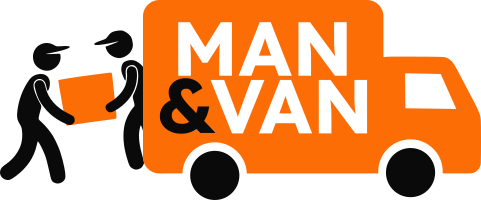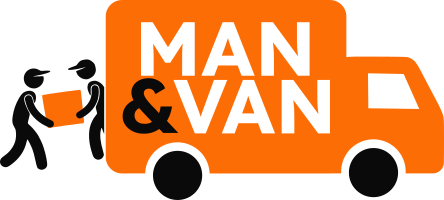Relocating to a fresh locale can be a thrilling escapade, yet it brings along its own set of obstacles. One of the most crucial aspects of a successful move is ensuring the safety of your belongings during transit. Investing in the proper packaging supplies that offer optimal protection is essential to achieve this. In this article, we will guide you through a comprehensive list of packaging supplies for safer moving that will help ensure a safer and smoother moving experience.
List of Packaging Supplies for Safer Moving
Cardboard Boxes
Cardboard boxes are the backbone in the list of packaging supplies for safer moving. They come in various sizes and shapes, making them versatile for packing different items. Invest in sturdy and durable cardboard boxes to ensure your belongings remain secure during transportation.
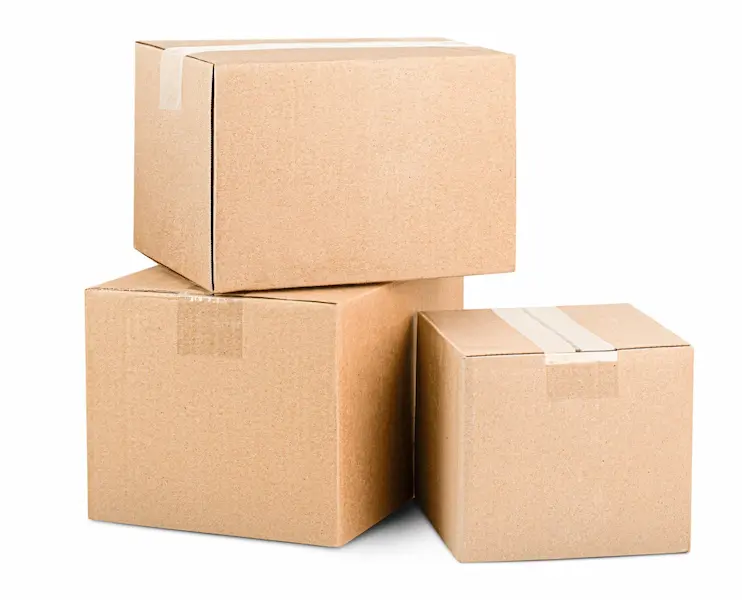
Bubble Wrap
Bubble wrap is a lifesaver when protecting delicate and fragile items. It provides a cushioned layer that shields your valuables from shocks and impacts during the moving process.
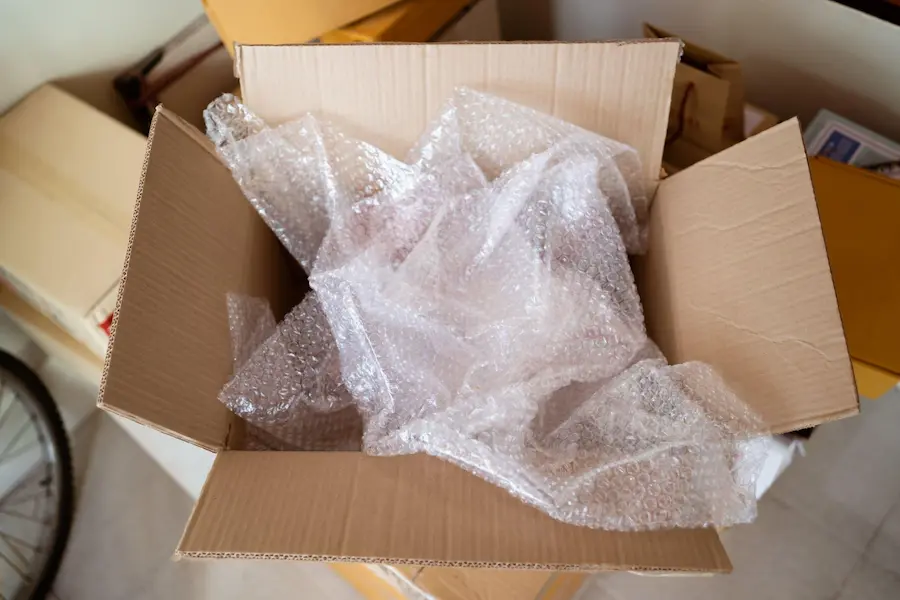
Packing Paper
Packing paper is ideal for wrapping items in the list of packaging supplies for safer moving. It prevents scratches and surface damage, perfect for protecting dishes, glassware, and other breakables.
Packing Peanuts
Packing peanuts are lightweight, practical for filling voids in boxes, and essential in the list of packaging supplies for safer moving. They offer an additional layer of protection by keeping your items in place and minimizing movement during transportation.
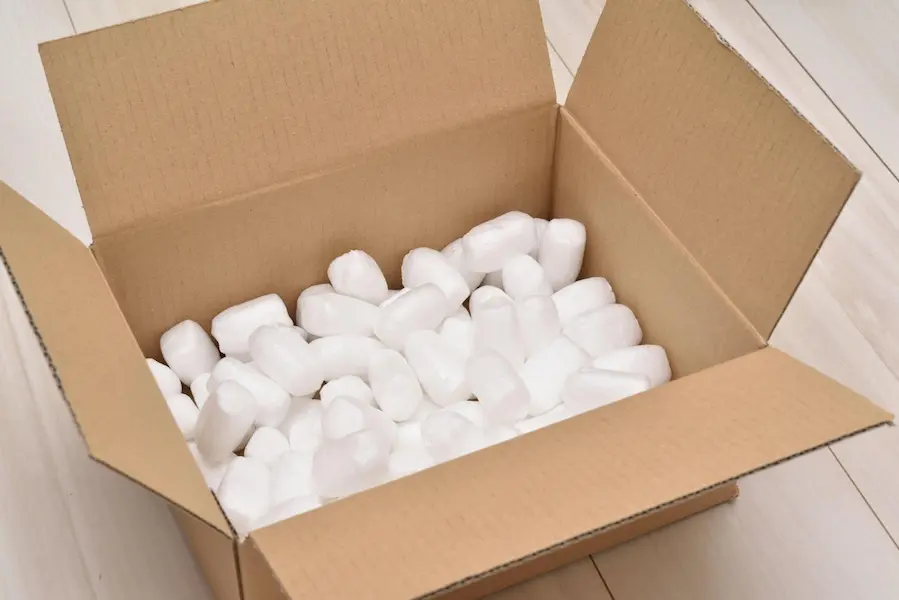
Packing Tape
You should use high-quality packing tape to seal your boxes securely. Ensure reinforce the bottoms and tops of the boxes to prevent accidental openings.
Stretch Wrap
Stretch wrap is perfect for bundling furniture or loose objects in the list of packaging supplies for safer moving to keep them stable and protected from scratches.
Moving Blankets
Moving blankets are essential for safeguarding more oversized items, such as furniture and electronics, from nicks and dents during the move.
Furniture Covers
Protect your furniture from dust, dirt, and potential damage with specially designed covers. These covers are beneficial for fabric or leather upholstery.
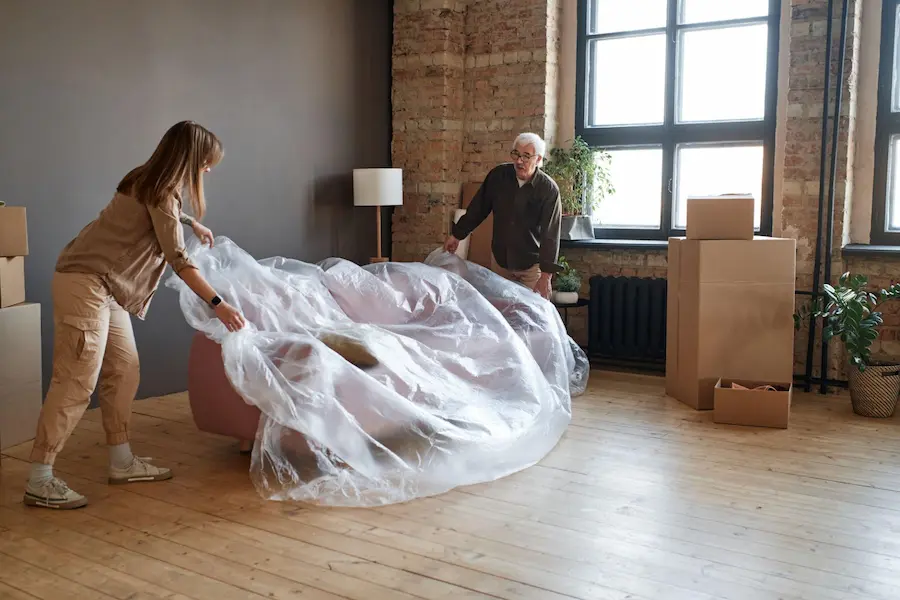
Mattress Bags
Use mattress bags to keep your mattresses clean and free from stains during transit. These protective covers shield the bed from moisture and other potential hazards.
Fragile Labels
Use clear and bold fragile labels to indicate boxes that contain delicate items. This ensures that anyone handling the packages knows to take them with extra care.
Utility Knife
A utility knife is a valuable tool for quickly cutting packing materials and boxes.
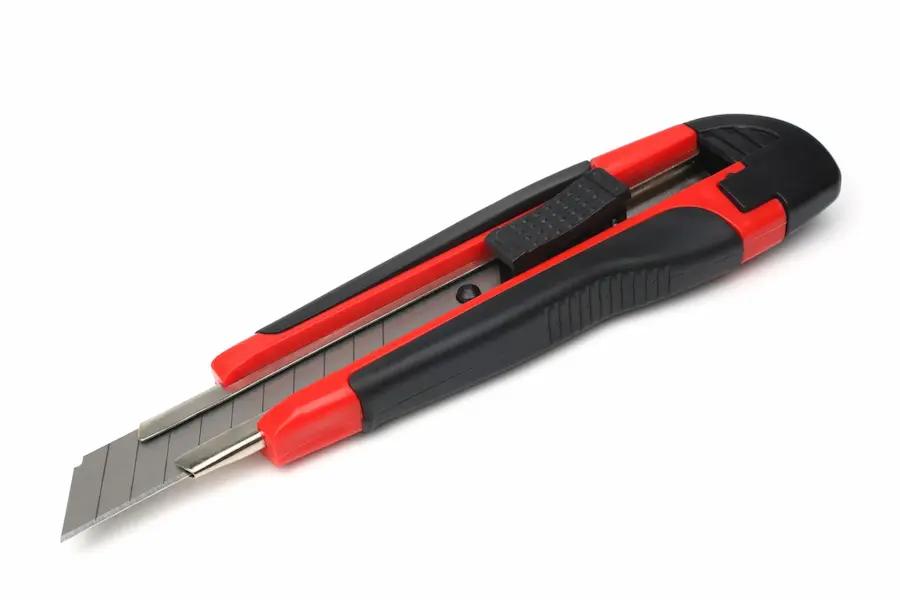
Moving Boxes with Handles
Opt for moving boxes with built-in handles to make lifting and carrying more convenient, reducing the risk of dropping items.
Ziplock Bags
Ziplock bags are ideal for storing small items, screws, or hardware that may get lost during the move.
Marker Pens
Keep several marker pens handy to label each box with its contents and designated room in your new home.
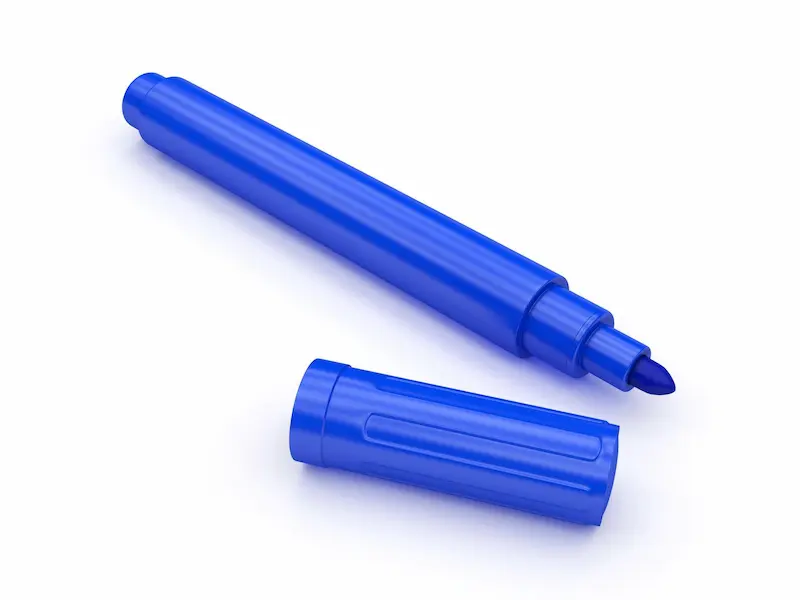
Moving Straps
Moving straps can make lifting heavy items more manageable, reducing the risk of injuries and ensuring a safer move.
Wrapping Techniques
Several wrapping techniques make your task more efficient and more accessible. Use multiple bubble wrap or packing paper layers to wrap delicate items individually. Secure the wrapping with tape.
Double Boxing Method
For extremely delicate items, consider using the double-boxing method by placing the wrapped object in one box and then putting that box inside a larger one filled with packing peanuts.
Organizing and Labeling
Maintaining organization is essential for a stress-free unpacking process.
Inventory List
You should create an inventory list of all the items packed in each box. Number the boxes and note the contents on the list for easy reference.
Labelling System
Assigning each box with its contents and the corresponding room. This step will save time and effort when you reach your destination.
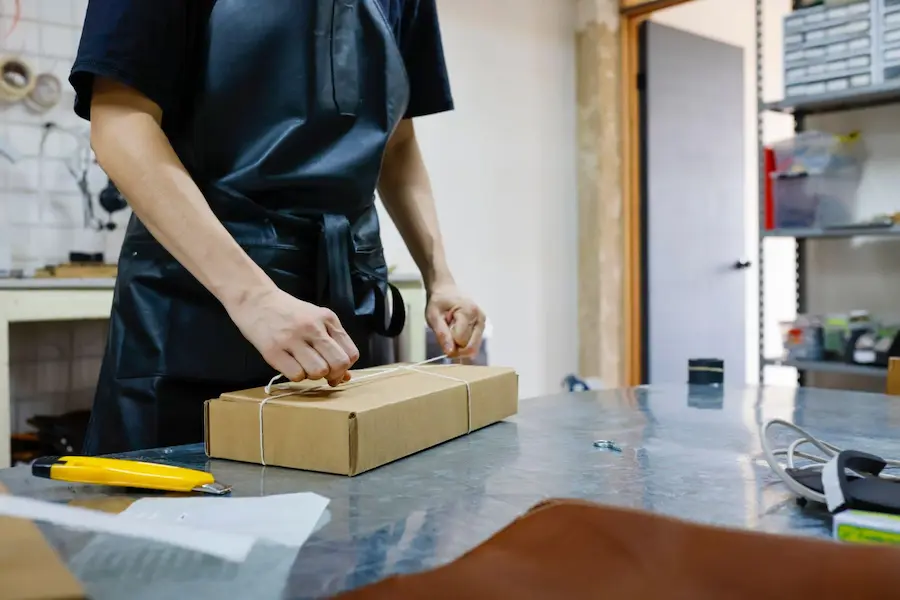
Efficient Packing Strategies
Maximize the use of SpaceSpace and time with these efficient packing strategies.
Room-by-Room Packing
Room-by-room packing will make your task more accessible and efficient.. This approach simplifies unpacking and settling into your new SpaceSpace.
Utilizing SpaceSpace
Fill boxes to their capacity, but avoid overpacking. Utilize any gaps with soft items like clothing to minimize movement during transit.
Loading and Unloading
Proper loading and unloading techniques will protect your belongings and your back.
Lifting Techniques
Bend your knees and keep your back straight while lifting heavy boxes. Get assistance for large or bulky items.
Proper Handling of Boxes
Avoid dragging or throwing boxes; carry them carefully to prevent damage.
Moving Heavy Furniture
Moving furniture can be challenging, but it becomes much more manageable with the right approach.

Disassembling Furniture
Disassemble large furniture pieces whenever possible to make them easier to transport.
Furniture Sliders and Dollies
Use furniture sliders or dollies to move heavy pieces smoothly, reducing the risk of strain or damage.
Essential Packing Tips for Different Items
Different items require specific packing techniques to ensure their safety during transit.
Clothing and Linens
Rolling clothing and linens can save SpaceSpace and reduce wrinkles.
Kitchenware and Appliances
Wrap kitchenware and appliances with packing paper and provide extra padding for delicate items.
Electronics and Gadgets
Pack electronics in their original boxes whenever possible, and use bubble wrap for added protection.
Fragile Decorations and Artwork
Protect fragile decorations and artwork with ample bubble wrap and place them between layers of clothing or towels.
Storing Packing Supplies for Future Use
Remember to discard your packing supplies after the move; store them for future use or share them with friends and family.
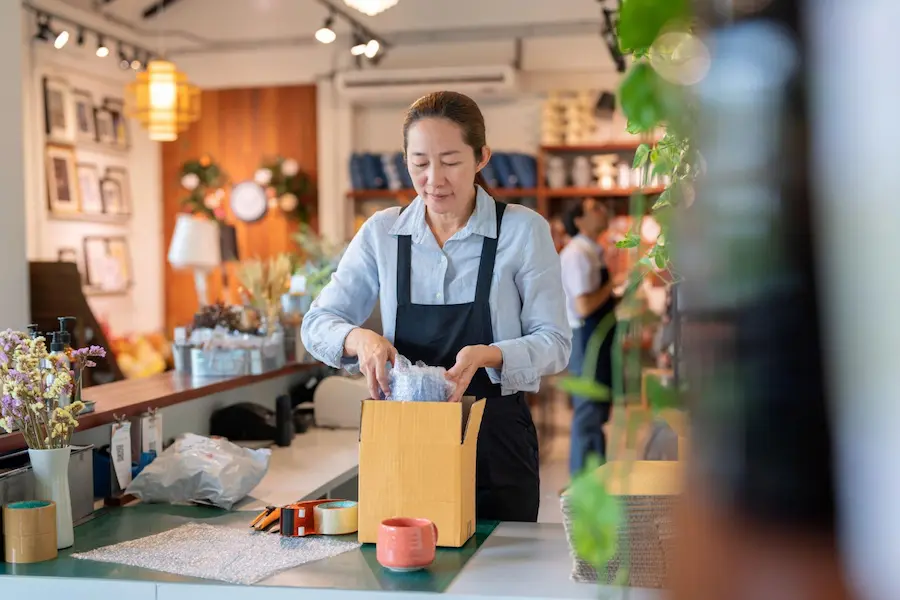
Conclusion
Packing your belongings properly with the right supplies ensures a smooth and safe moving experience. By using the packaging supplies mentioned in this article, you can have peace of mind knowing that your valuables are well-protected throughout the journey to your new home.
The Man and Van is the best company that provides house removal, furniture removal, and house moving services. The company helps you with the best moving and packing ideas to make your moving task more efficient and manageable.
FAQs
Should I purchase packaging supplies in bulk?
Buying in bulk can save you money and ensure you have enough supplies for all your belongings.
Are there eco-friendly packaging options available?
There are eco-friendly alternatives, such as biodegradable packing peanuts and recyclable cardboard boxes.
What are the safety packaging materials?
Safety packaging materials include bubble wrap, packing peanuts, foam pouches, air cushions, and corrugated cardboard.
What supplies are needed when moving?
When moving, essential supplies include cardboard boxes, packing tape, bubble wrap, packing paper, markers for labeling, furniture blankets, packing peanuts, and a utility knife.
What are the 10 different types of packaging?
The 10 different types of packaging are:
Cardboard boxes
Envelopes
Jars and bottles
Pouches and sachets
Tubes and cans
Blister packs
Shrink-wrapped packaging
Vacuum-sealed packaging
Tetra packs (cartons)
Composite containers (e.g., aerosol cans)
What is the best packing material for fragile items?
The best packing material for fragile items is bubble wrap. It provides excellent cushioning and protection against impact during transit.
